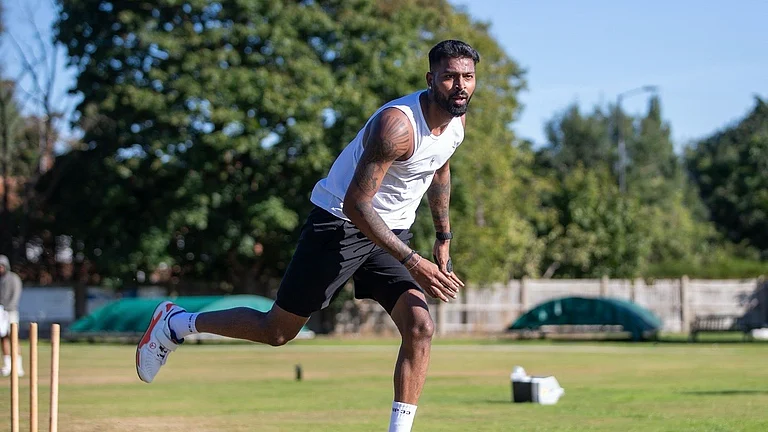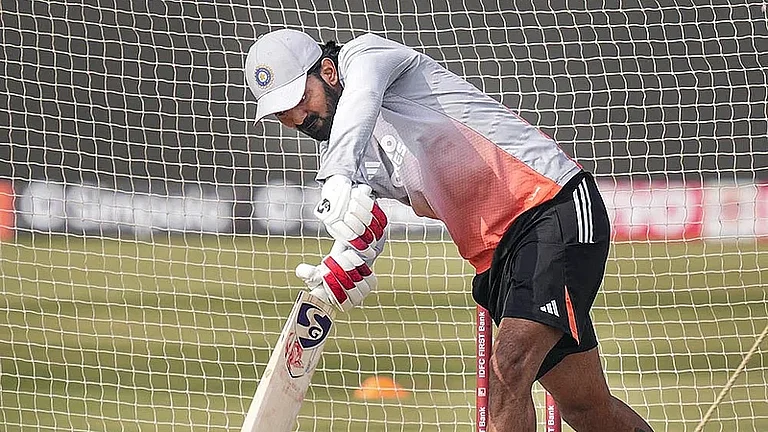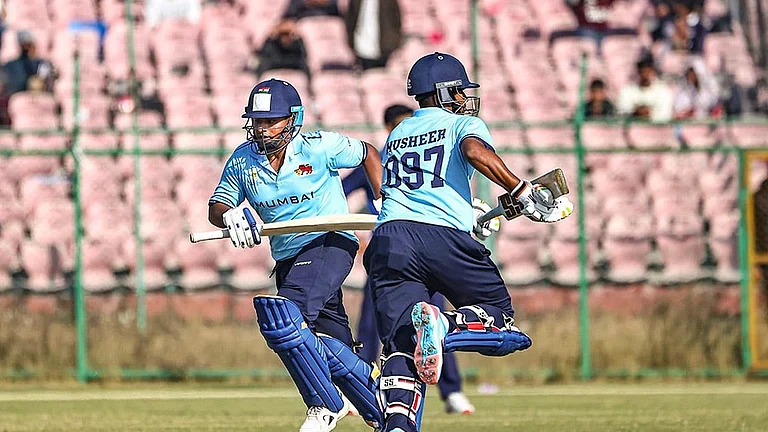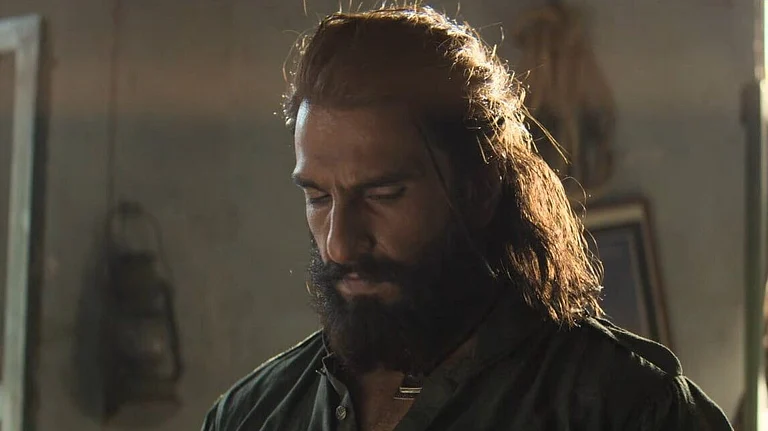TWO WAYS TO DIE
ONE'S memories of the 1975 World Cup are a real postmodern khichri, commentary heard 'live' over the BBC overlaid with stray clips seen years later on television, the mix seasoned with reports and analyses read in cold print. Two innings stand out, played by Guyanese left-handers different in build, age and racial origin. At the Oval, in a league match, little Alvin Kallicharan lit into Dennis Lillee. Kalli hooked him for four, and then for six. The great fast bowler, and those of us listening in, was certain this could not go on. It did—4,6,4,4,6,4,4—boundaries like bullets from an AK-47, bouncers hooked over square or past long leg (in those days there was no limit on the bouncers bowled per over). Lillee had Kalli finally caught off a top-edge, after he had made 78 off 30-odd balls.
Australia still made the finals, courtesy a great spell of inswing bowling by left-armer Gary Gil-mour. The rolypoly Gilmour dispatched six English batsmen in the first hour of the semi-final. In the Championship match, two or three West Indians fell early, but then the slouching Clive Lloyd took over. In a terrific counterattack, he put a high-class seam attack to the sword. I heard every ball of the innings, and saw some of it later on video. Two shots stick in the mind—both square drives hit on the up, bisecting deep point and square third man.
After the match, Gilmour was asked how he would like to bowl to Lloyd. "With a helmet on," was the answer.
A GUYANESE GENTLEMAN
WOULD the VHP have claimed Kalli-charan as part of the Greater Hindu family? True, his family came from the cow-belt, but somewhere in their journeys they became contaminated enough for the batsman to have acquired the Christian names Alvin Issac. The VHP might be more certain of its kabzaa on another member of that great West Indian team, Rohan Babulal Kanhai. While Lloyd blasted away at one end, this man, who knew a thing or two about strokeplay himself, carefully anchored the innings. Kanhai's 55, composed mostly of singles which allowed his captain the strike, was perhaps the first truly tactical innings in international limited-overs cricket.
In 1975, Kanhai had been almost 20 years in the game. His waistline was ample, his hair grey at the temples. In the late stages of this particular match, he took a catch at mid-wicket. As the Caribbean expats cheered wildly behind him, Clive Lloyd's predecessor as skipper whipped off his cap, turned around, and bowed gravely in acknowledgement.
RUN FOR YOUR LIFE
CRICKET is a batsman's game, one-day cricket more so. Except for Gilmour's spell, I can recall little of what the bowlers did in the inaugural World Cup. With the ball, that is. I do indeed remember Andy Roberts' extraordinary last-wicket partnership with Deryk Murray, when the West Indies needed 64 to win against Pakistan. Now the wicket-keeper was fortified by his long Test match experience and his Cambridge Blue (which should, in theory, assure a cool head), but the fast EAGAR bowler was, in all senses, a novice. Not that it showed, as, through deft placement and hard running, Roberts and Murray took the match away from the Pakistanis.
History nearly repeated itself in the finals. When Lillee and Jeff Thomson came together, Australia still needed 59 runs. They pushed and edged about 30 of these, and then one of them (I forget which) was caught in the deep.The crowd rushed onto the playing area, for they had not noticed that the umpire had sig-nalled no-ball. In the confusion, Lillee and Thomson ran up and down, up and down, counting 14, 15, 16, as they turned. Order was duly restored, the runs not allowed to count, and the tenth wicket claimed legally soon after.
EARLY WARNING
SIX months before the Lord's final, India played the Windies in Bombay, the final match in a series where points were shared by the two sides. On the third evening of this fifth Test, I sat in a college common room in Delhi, watching edited tapes of the second day's play, which took 25 hours to reach us. Lloyd had been 64 not out overnight, with the West Indies commandingly placed at 309 for 3. Pataudi took the second new ball at the start of play, and Eknath Solkar ran in as fast as he was to bowl. It was a leg stump half-volley, and Lloyd played his celebrated pick-up stroke, depositing the ball into the stands. The umpire signalled six, but the batsman put his palm to his mouth, unsuccessfully stifling a yawn. I can see that big mouth open now, open wide enough to swallow a cricket ball.
It is then, I think, that I knew who'd win the 1975 World Cup.






















